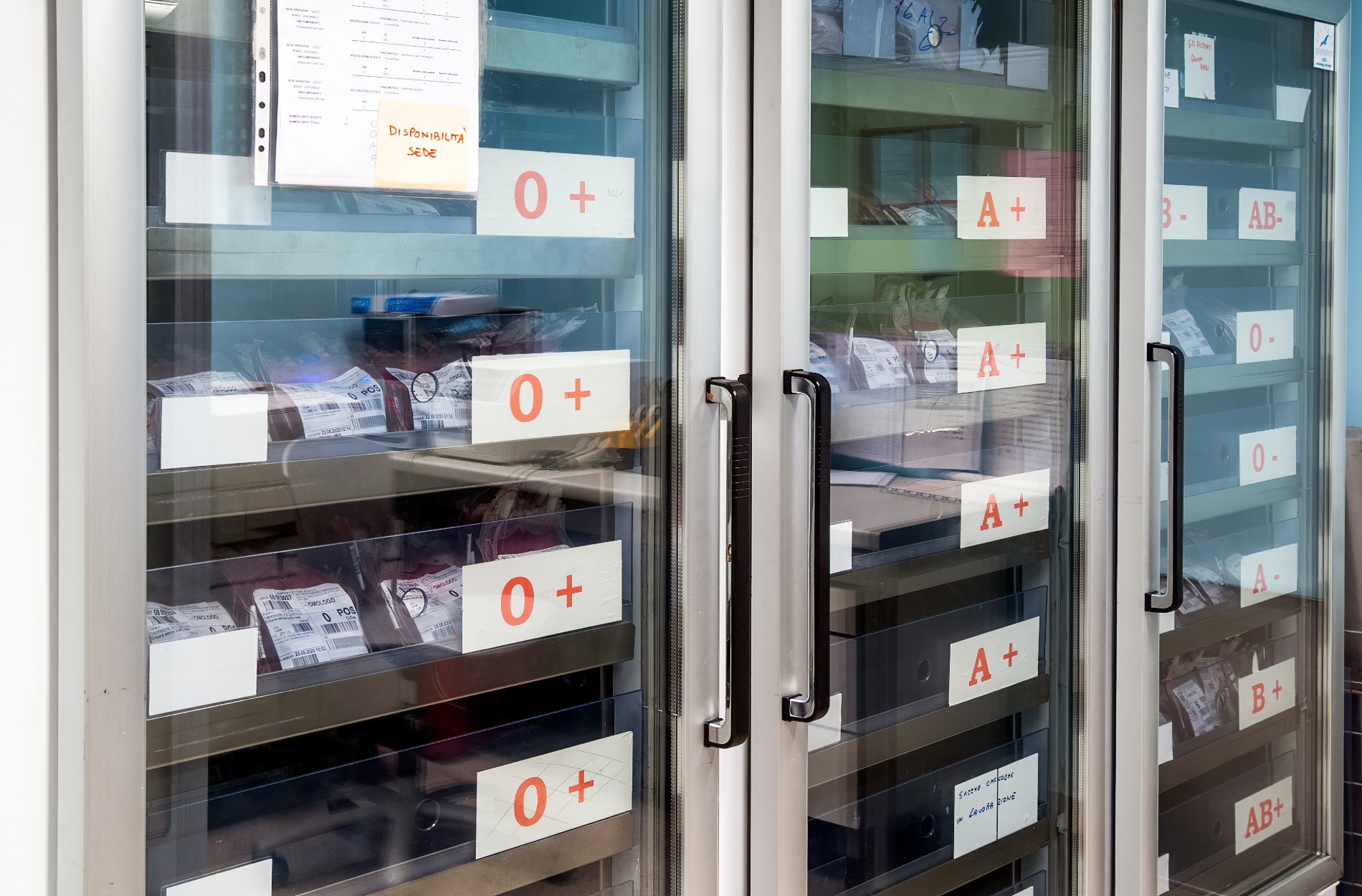Alarm fatigue is a challenge that many blood banks face today. With constant alerts from monitoring systems, staff can become overwhelmed, leading to potential negligence in responding to alarms. This situation is not just an inconvenience; it holds serious consequences for safety and regulatory compliance. Blood products like whole blood, red blood cells, and plasma need specific temperature conditions to remain viable. Incorrect storage due to ignored alarms can jeopardize the safety of these vital medical supplies, impacting both patients and organizational trust.
The role of an effective temperature monitoring system is significant in addressing this problem. Such systems are essential for ensuring optimal conditions and providing automated logs and alerts. These features help blood banks adhere to regulations set by organizations like the FDA and AABB. By minimizing false alarms and streamlining the alert process, these systems enhance day-to-day operations and ensure compliance during audits and inspections.
Understanding Alarm Fatigue
Alarm fatigue occurs when staff become desensitized to the frequent sounds of alarms, leading to slower response times. In blood banks, where every second can make a difference, this can be particularly alarming. When alarms repeatedly go off without a clear urgent reason, it diminishes the perceived importance of each alert.
Why does this fatigue happen specifically in blood banks? It’s often due to a high volume of alarms triggered by slight temperature fluctuations that don’t necessarily signify a problem. Additionally, outdated or overly sensitive systems may trigger alarms more often than needed, contributing to the fatigue.
Common causes include frequent alarms due to slight and often insignificant changes, poorly calibrated systems, and inadequate staff training on the system’s alerts. These issues not only affect staff well-being but also pose risks to blood product safety. Understanding these triggers is the first step towards finding a sustainable solution, as addressing them can improve response times and ensure compliance with necessary standards.
The Impact of Alarm Fatigue on Blood Bank Safety
Alarm fatigue can seriously compromise the safety of blood products. When alarms are overlooked, it increases the risk of storing blood outside of its required temperature range. This can spoil the blood, making it unsafe for use in medical procedures. Such a scenario not only impacts patient health but can also result in significant financial losses for blood banks.
Ignoring alarms could lead to non-compliance with regulatory standards. Agencies like the FDA and AABB enforce strict guidelines to ensure blood safety. Failing to meet these can invite penalties and affect the reputation of the institution. An example could be a scenario where recurring false alarms cause staff to disable an alert system, leading to unnoticed temperature deviations over a weekend. The consequence could be the loss of a large batch of blood, underlining the need for an effective response system.
Effective Strategies to Mitigate Alarm Fatigue
Tackling alarm fatigue requires strategies that focus on both technology and people. Here are ways to lessen its effects:
1. Upgrade to User-Friendly Systems: Choose a temperature monitoring system that’s easy to use. This reduces the chances of false alarms and makes it easier for staff to respond quickly.
2. Smart Alarm Prioritization: An effective system ranks alerts based on urgency. This helps in distinguishing between a critical alert and a minor one, ensuring immediate attention to pressing issues.
3. Comprehensive Staff Training: Regular training sessions can keep staff informed about system updates and best practices in alarm management. Well-trained staff can better differentiate between serious alerts and false alarms.
4. Adjust Alert Sensitivity: Calibrating the system to reduce unnecessary alerts can also combat fatigue. By setting proper thresholds, you ensure that only significant changes trigger an alarm.
Choosing the Right Temperature Monitoring System
Selecting the proper monitoring system is crucial for reducing alarm fatigue. Look for features that align with the needs of your blood bank:
– Real-time Monitoring and Alerts: Automated systems with real-time capabilities provide instant alerts and help maintain compliance without added manual checking.
– Data Logging: A system with robust logging features helps during audits and inspections by providing clear records of temperature management.
– Ease of Integration: Ensure the system can integrate smoothly with existing equipment for better functionality without extensive modifications.
A suitable system should help in maintaining regulatory compliance while minimizing distractions from unnecessary alarms. Its role in streamlining operations cannot be overstated, as it directly impacts the safety and reliability of blood product storage.
Concluding Thoughts on Addressing Alarm Fatigue
Facing alarm fatigue in blood banks is essential to maintaining high safety standards and regulatory compliance. By recognizing and addressing the factors that contribute to this issue, institutions can protect not only their blood supplies but also their reputation and community trust.
Investing in an efficient temperature monitoring system supports these efforts by reducing false alarms and enhancing operational efficiency. With the right tools and strategies, blood banks can create an environment where staff confidently responds to alarms, ensuring that the products they handle remain safe for critical medical use. Taking proactive measures now will pave the way for a more trustworthy and reliable healthcare environment.
Ready to overcome alarm fatigue in your blood bank? Explore how an advanced temperature monitoring system can streamline operations and maintain compliance. Count on Qualified Controls for solutions that safeguard your blood supplies and ensure they remain in peak condition.


